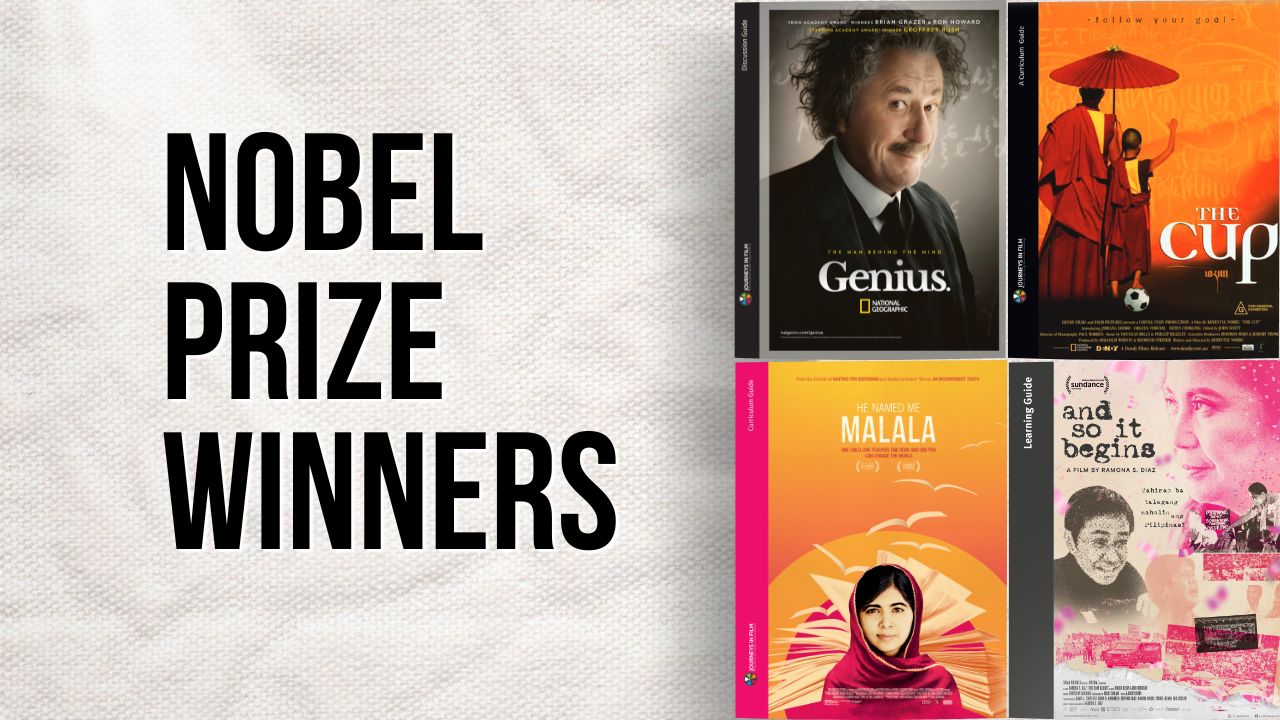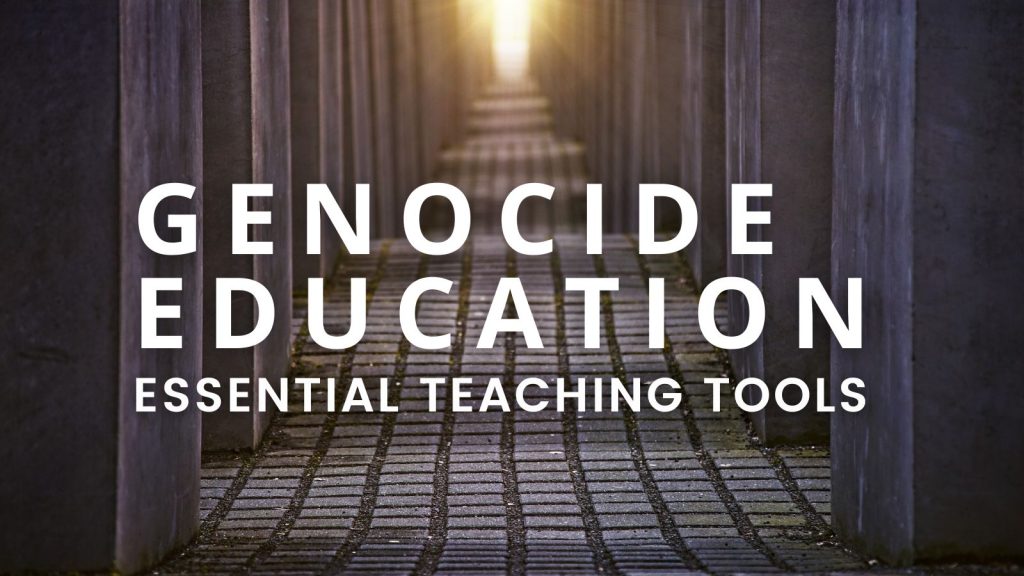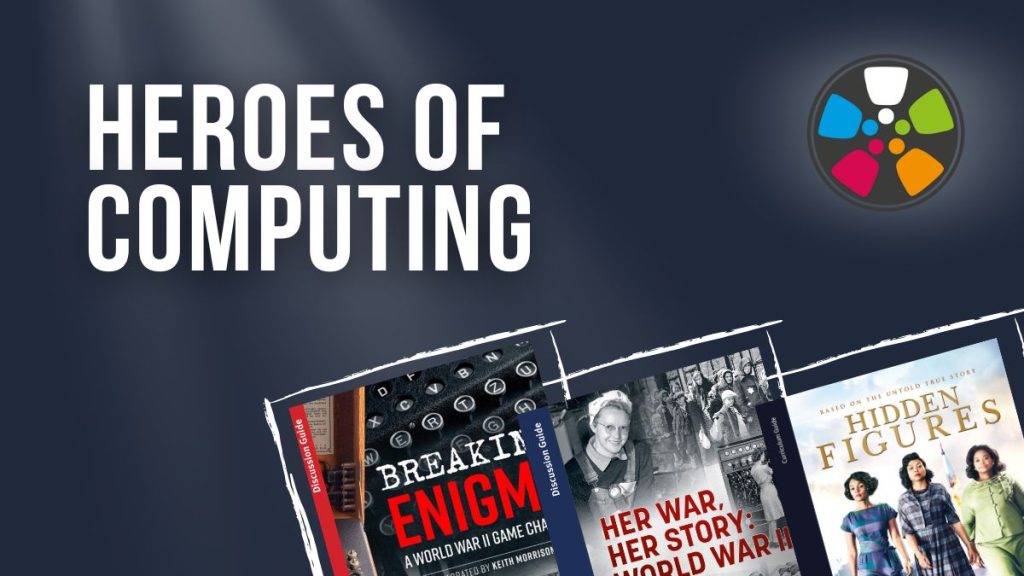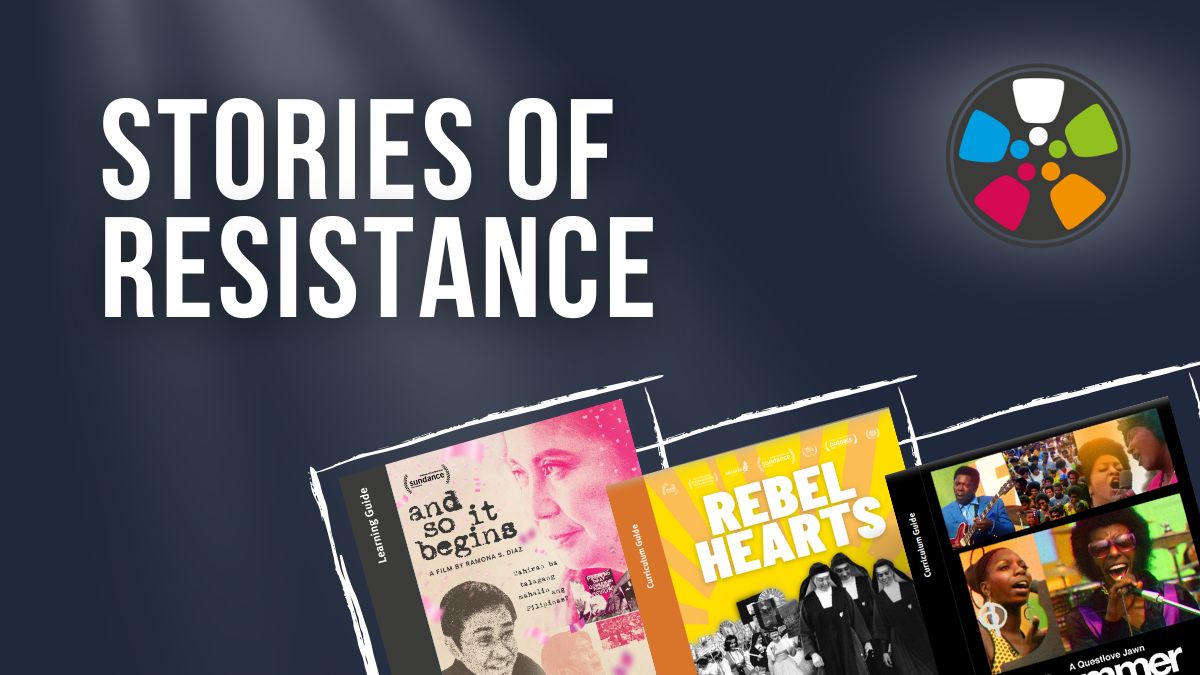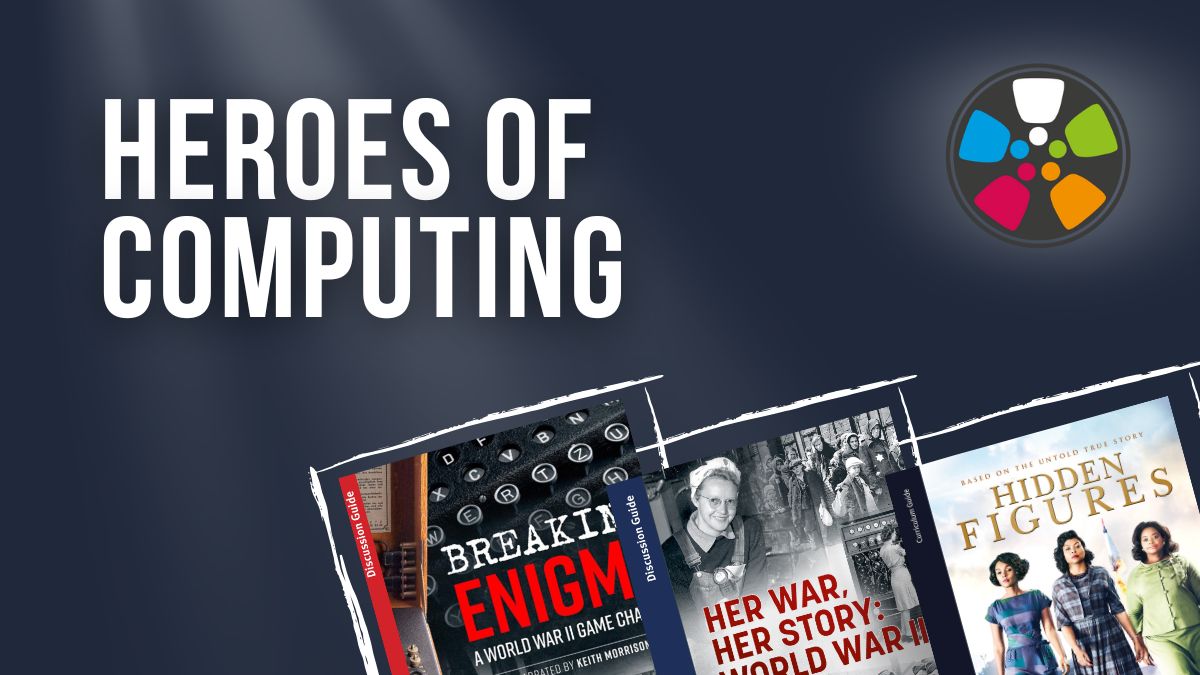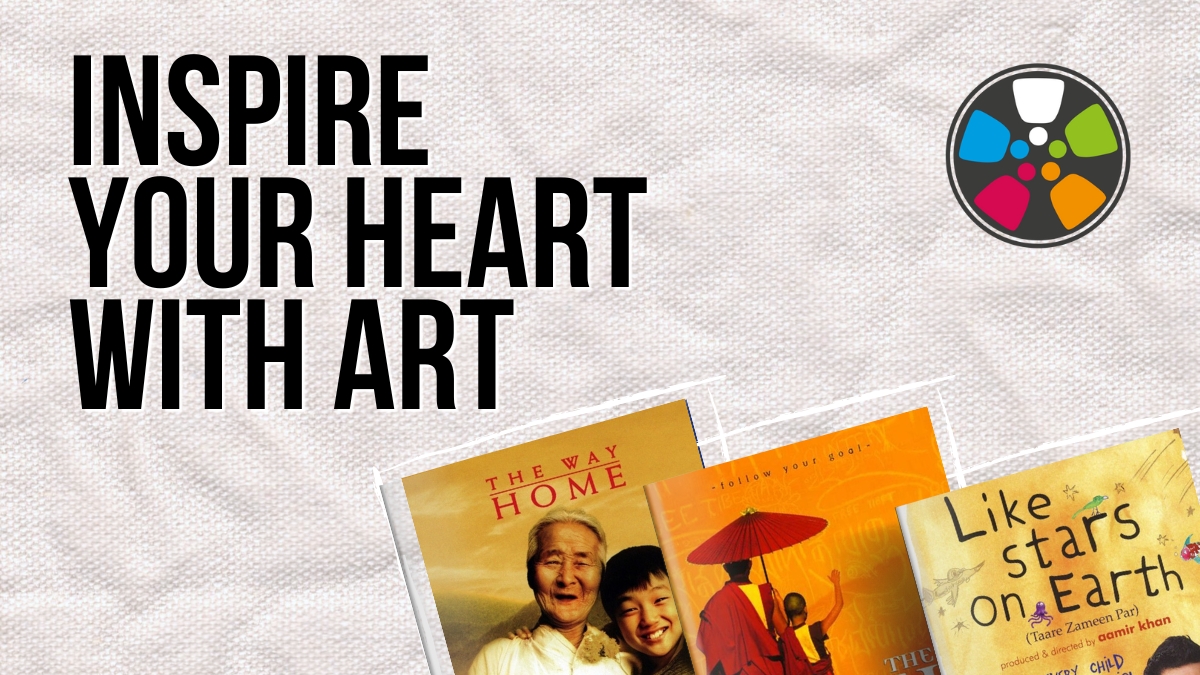We have just added new film guides to our resource library to help you teach about Nobel Prize Winners with film! Alfred Nobel (1833–1896), a wealthy Swedish scientist, left a bequest for annual international awards in physics, chemistry, medicine, and literature, as well as one that he called a Peace Prize. Winners receive medals and diplomas, as well as substantial monetary grants; they also have the opportunity to deliver formal speeches to guests invited to the awards ceremonies in Sweden. The compelling real life stories of Nobel Prize winners like Albert Einstein, the Dalai Lama, Malala Yousafzai and Maria Ressa can empower and inspire students and teachers alike. Plus these award-winning global education films from around the world introduce students to new countries, cultures, and points of view. These are great tools for teaching character education, leadership, and social-emotional learning.
Teach about Nobel Prize Winners with Film
Spotlight on Maria Ressa
“Without facts, you can’t have truth.
Without truth, you can’t have trust.
Without these, we have no shared reality, no rule of law, no democracy.”
Maria Ressa
And So It Begins introduces viewers to Filipino-American investigative journalist and media integrity campaigner Maria Ressa. In October 2021, Ressa was one of two journalists awarded the Nobel Peace Prize in recognition of her “efforts to safeguard freedom of expression, which is a precondition for democracy and lasting peace.”
Our And So It Begins Learning Guide features a profile on Maria Ressa, exploring her extraordinary career and her fight for free speech. It also presents her inspirational 2023 commencement speech, which can fire up students to build a better future.
Lesson Grades: 8, 9, 10, 11, 12, College, Adult Learning
Subjects: Current Events, English Language Arts, Journalism, Media Literacy, Speech
Get the And So It Begins Learning Guide.
More Resources to Teach About Nobel Prize Winners with Film
Teach about Nobel Prize Winners: Albert Einstein
“I don’t care about awards….
I care about science,…about
understanding the world around us.”
Albert Einstein
Albert Einstein’s Nobel prize was not for his theory of relativity but for his paper on the photoelectric effect, and it came well after his theory of relativity had been acclaimed by other scientists. The Royal Academy gave Einstein the Nobel Prize for Physics in 1922 “for his services in Theoretical Physics, and especially for his discovery of the law of the photoelectric effect.” The photoelectric effect involves, light, magnetism, and the release of energy in one form or another.
Genius Season One explores the life and work of Albert Einstein. Our Genius: Albert Einstein Discussion Guide provides context for Einstien’s Nobel Prize and provides questions to lead students in discussions of how Einstein reacted to the prize and how it affected his life.
Lesson Grades: 9, 10, 11, 12, College, Adult Learning
Subjects: STEM classes (especially physics), US History, World History
Get the Genius: Albert Einstein Discussion Guide.
Teach about Nobel Prize Winners: Malala Yousafzai
“Dear sisters and brothers, we realise the importance of light when we see darkness.
We realise the importance of our voice when we are silenced.”
Malala Yousafzai
He Named Me Malala introduces students to the life and education advocacy work of Malala Yousafzai. When 11-year-old blogger Malala Yousafzai began detailing her experiences in the Swat Valley of Pakistan for the BBC, she had no idea what momentous changes were coming in her life. She and her father Ziauddin spoke out in favor of girls’ access to education and against restrictions imposed by extremists. When Malala was shot in the head by a gunman on her way home from school and almost killed in 2012, she used the international attention she attracted to advocate for the cause of girls’ education worldwide. In 2014 she was a co-recipient of the Nobel Peace Prize at age 17, becoming the youngest Nobel Prize laureate in history.
Our He Named Me Malala Curriculum Guide includes a lesson plan focused on Malala’s Nobel Prize address. Although most people recognize the phrase “Nobel Prize,” students may know little about its significance. This lesson begins with an introduction to the history and nature of the Nobel Prize. (Teachers may find this portion of the lesson helpful to use with the other lessons about Nobel Prize winners listed here.) Students then view Malala’s Nobel Peace Prize acceptance
speech and go on to analyze its content. They learn about rhetorical devices and investigate their use and significance in the speech.
Lesson Grades: 7, 8, 9, 10, 11, 12, College
Subjects: English Language Arts, Language Arts, Speech
Get the He Named Me Malala Curriculum Guide.
Teach about Nobel Prize Winners: 14th Dalai Lama Tenzin Gyatso
“Because we all share this small planet earth,
we have to learn to live in harmony and peace
with each other and with nature.
That is not just a dream, but a necessity.”
Tenzin Gyatso, 14th Dalai Lama
In narrative feature film The Cup, two young Tibetans in exile find refuge in Chokling Monastery in Northern India, where they will soon receive their ordination — and turn the life of the monastery upside-down. It’s a powerful tool for teaching students about Tibet, Tibetan culture, and global refugees, plus it’s a film that students love.
Lesson 7: A World of Refugees in our The Cup Curriculum Guide includes a special focus on the 14th Dalai Lama, who is himself a refugee. He was awarded the Nobel Peace Prize in 1989. Activity 4: The World’s Most Famous Refugee explores the Dalai Lama’s life and work in exile. This activity includes a student handout. The lesson also features an extension activity about Nobel Prize winners, including Martin Luther King Jr.
Lesson Grades: 7, 8, 9, 10, 11, 12
Subjects: Current Events, International Relations, Service Learning, Social Studies, World History
Looking for more Global Education Resources? We also recommend: Children of Heaven (Iran), Like Stars on Earth (India), Please Vote for Me (China), The Way Home (South Korea), Wadjda (Saudi Arabia), and Whale Rider (Aotearoa / New Zealand).

